TRAILS AND PARKS
Environment minister Creecy urged to hand over ‘broken’ Table Mountain National Park to City of Cape Town
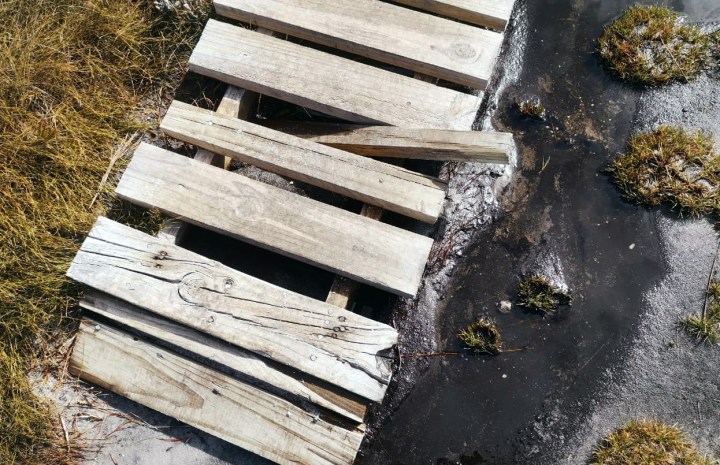
From broken boardwalks and increased fire risks to muggings and invasive species, the jewel in Cape Town’s crown, Table Mountain National Park, is a hotbed of issues. Locals have had enough with the way it’s managed.
After years of calling for change, trying to conserve precious indigenous species and rebuilding neglected trails themselves, users of Table Mountain National Park (TMNP) are calling for the economically and ecologically significant park to have a change of management.
Public forum, Friends of Table Mountain, has called on Environment Minister Barbara Creecy to hand over the management of TMNP from South African National Parks (SANParks) to the City of Cape Town. They say the city is better placed to address the issues and more incentivised to use the park’s revenue.
Read part one in Daily Maverick: “Give our Mother City its mountain — calls made for better quality control and management”
Safety and security
In the past two months, there have been nine attacks on people around Lion’s Head and Signal Hill, says Friends of Table Mountain chairperson Andy Davids.
But there are many other mugging hotspots in the park, including Pipetrack, Tafelberg Road, Blockhouse, Constantia Nek, Karbonkelberg, Red Hill, Kalk Bay, Muizenberg and Newlands Forest.
Along with trails becoming eroded or overgrown, the lack of maintenance has made some of the trails dangerous to use.
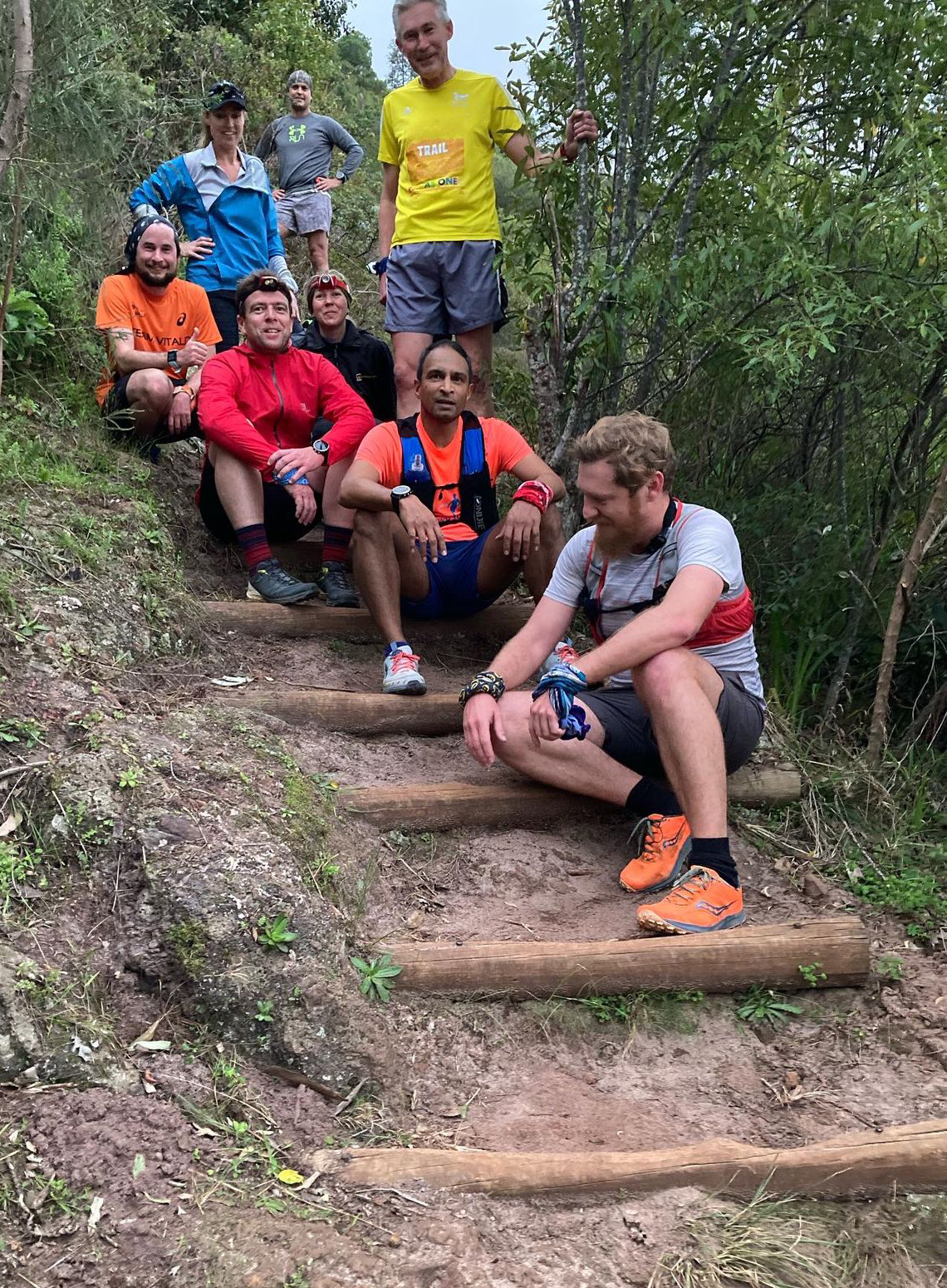
The Celtics Thursday trail running group on the recently rehabilitated the Rooikat trail in Table Mountain National Park. (Photo: Celtics trail running)
“I think the quality of the boardwalks and the trails has really disintegrated over the past few years, and it’s really affecting the safety of people hiking and running on the mountains,” said trail runner Emilie Vidal, who grew up in Cape Town.
“When I was last there, I was really shocked by how many planks in the boardwalk were broken or missing or damaged from rain and sandfall, and even fire damage not having been repaired. There were also nails sticking out everywhere.”
While running last week, Vidal slipped on a boardwalk that was at an extreme angle, slicing her knee open on an exposed nail. She needed to have 15 stitches.
“I think it’s really dangerous… we weren’t necessarily in an extremely remote area — we were less than a kilometre away from the cable car,” explained Vidal.
“And there were definitely people nearby who didn’t have much mountain experience and had taken the cable car up and didn’t have proper equipment or first aid kits, which is putting tourists and people who aren’t experienced into more risky situations of possibly falling on these boardwalks or trails.”
SANParks told Daily Maverick that, “Safety of the mountain users remains a great priority for us and we strive to do everything to fight all crimes on the mountain and within the Marine Protected Area under SANParks management and beyond.”
SANParks said since establishing the SEAM team (Sea, Air, Mountain, Special Rangers) and canine unit, to help with environmental and visitor safety and crime prevention on TMNP, there had been positive results.
“All rangers conduct regular foot patrols in the park with specific focus on high volume visited and crime hotspot areas… in conjunction with SAPS, CoCT law enforcement and stakeholders such as Table Mountain Honorary Rangers, Take Back Our Mountain voluntary group, neighbourhood watch groups, private security services and other stakeholders.”
SANParks said “crime stats range from one to seven recorded incidents per year in most areas, but the problem is these are violent crimes which have resulted in loss of life”.
Avid trail runner Andrew Travis, who has covered more than 1,700km in TMNP this year, said, “I don’t see the rangers on the trails… SANParks doesn’t appear to be maintaining or clearing any trails. The only place I can be sure to find SANParks employees is charging entry fee at Silvermine or in the office when I go to get my activity permit once a year.”
Trail users forced to step up
Frustrated by the lack of action, Friends of Table Mountain (FoTM) took it upon themselves to rehabilitate the trails and remove invasive alien species.
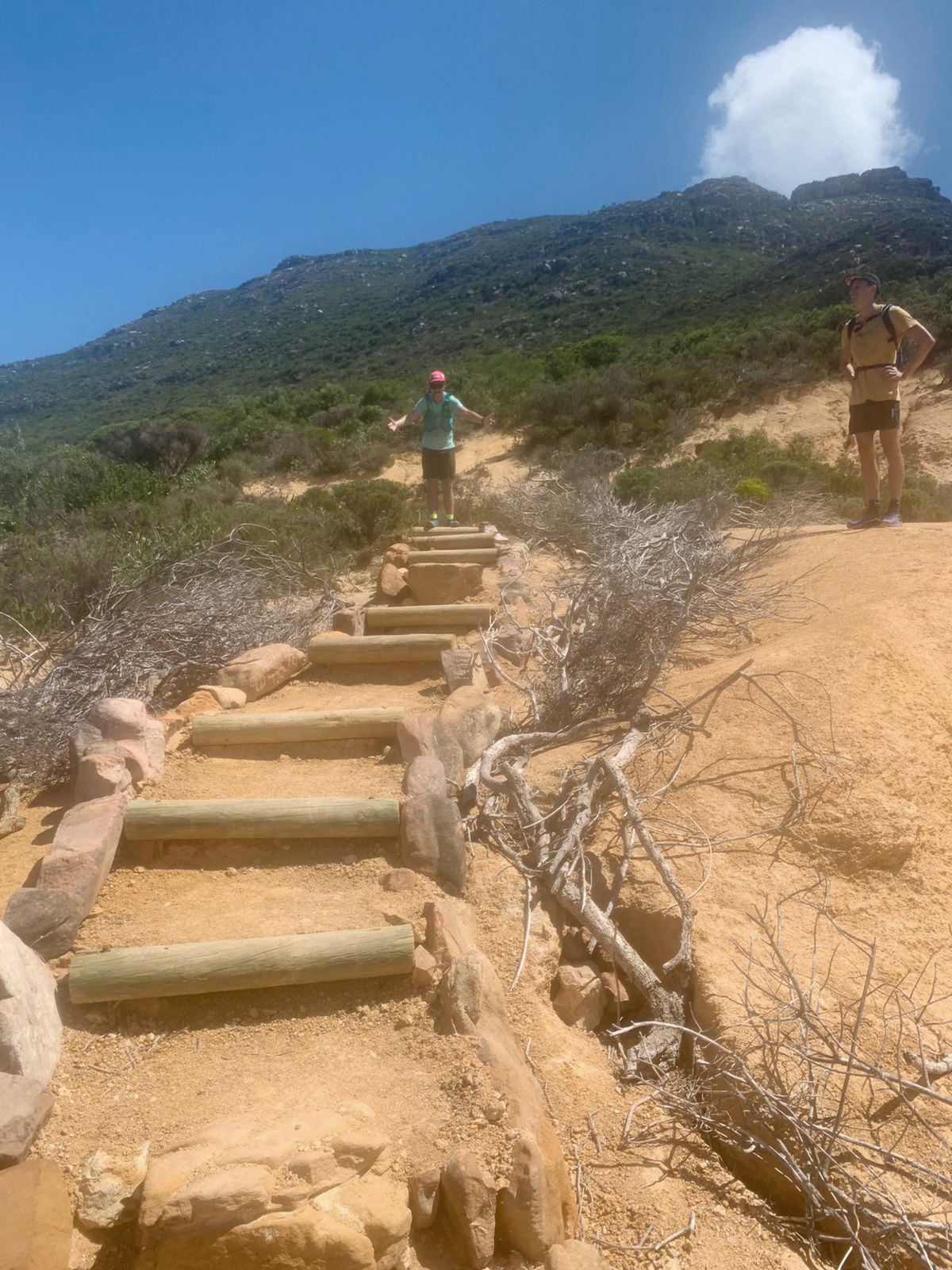
A section of Suther Peak that Friends of Table Mountain and honorary rangers have recently rehabilitated. (Photo: Ellie Courts)
Trail runner and FoTM member, Ellie Courts, said, “We just saw the trails being more and more degraded and broken and nothing happening even though we’ve been asking, tagging and making a list, trying to be helpful. So we decided to do something ourselves.”
Courts explained that they worked with TMNP using honorary rangers as intermediaries between companies and individuals who could donate and those who had the knowledge and skill to build paths. Rehabilitating the Devil’s Peak pathways was their first attempt — it took two years of negotiating with TMNP before they could get started.
Since last year, FoTM, together with the honorary rangers and the “Trail Apostles”, have rehabilitated Corridor Ravine, Rooikat, Nursery Ravine and Suther Peak paths. They received help through fundraising initiatives, individual donors and running clubs.
When asked why the trails have not been maintained, SANParks said they have implemented an infrastructure maintenance programme, funded by the Department of Tourism since 2019, and that they have maintained 233km of footpaths and employed six SMMEs.
“Maintenance within the park is an ongoing process and requires time and coordination to reach all priority areas at the quickest turnabout time,” SANParks told Daily Maverick.
Biodiversity at risk
Willem Boshoff of Newlands Forest Conservation Group told Daily Maverick that, in terms of biodiversity, their biggest concern is large-scale bark stripping — the illegal harvesting of bark mostly from indigenous trees, and used in traditional medicine.
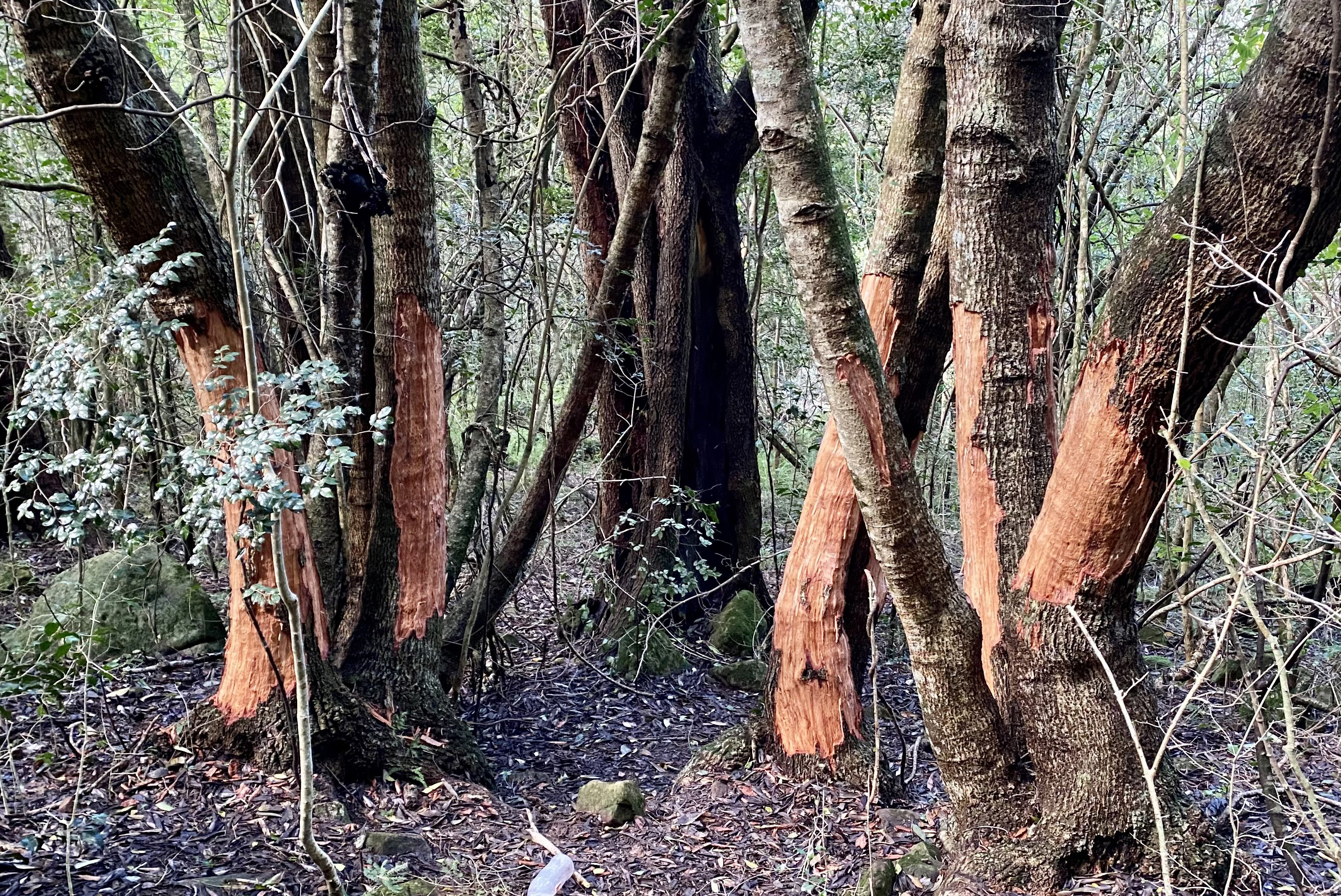
Large-scale bark-stripping of indigenous trees in Newlands Forest, part of Table Mountain National Park. This illegal harvesting, mostly from indigenous trees, is used in traditional medicine. (Photo: Friends of Table Mountain)
“At times, I’d say it’s even on an almost industrial scale,” said Boshoff.
“The consequence of bark stripping is that it causes the trees to die off, and you have sections of the forest collapsing.”
Boshoff said certain species are targeted, like stinkwood — which is nearly extinct in the park — assegai, Cape holly and Cape beech, which is “kind of the backbone of the forest… one of the most common indigenous trees that grows to a sufficient height to form a canopy”.
Boshoff said to ring bark a tree — take bark from the circumference — is a “death sentence for a tree… the bark protects the trees and the layer between the bark on the wood is the living part of the tree that transports nutrients up to the leaves. And if that system is broken, the tree dies off.”
And once those trees die off, there are knock-on effects. Many big trees (some 70-100 years old) are targeted for barking, so when they die and fall, they do a lot of damage to the surrounding trees. When they fall, they can open part of the tree canopy, exposing the forest floor and causing it to dry out.
“The lack of canopy and trees also create space where invasives get a foothold in the indigenous forest,” said Boshoff. “And so over time you have a changing of the forest, where it’s drying out… you have more invasive species and you have a lot of dead wood lying around.”
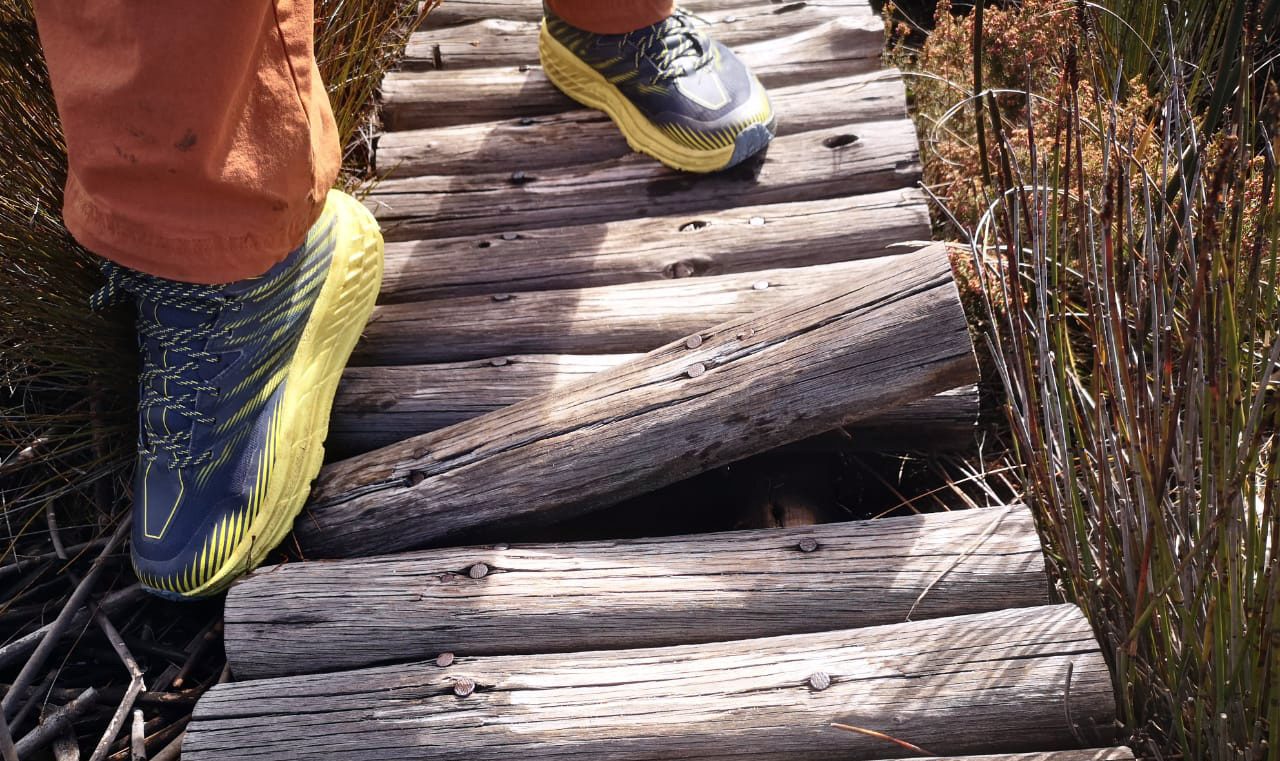
Due to lack of maintenance by SANParks, many trails in Table Mountain National Park have fallen to disrepair, including missing or broken boardwalk slats, or those with nails sticking out. (Photo: Friends of Table Mountain)
Fire risk
“That’s a recipe for enormous fires.” Boshoff says the indigenous southern afrotemperate forest doesn’t burn as easily and forms natural firebreaks.
“We’re having a cataclysmic fire risk developing on the slopes of Table Mountain because you have a forest that’s full of dead wood and the canopy being removed — so it dries out and you have invasives, and the invasives burn a lot more readily. A lot of them come from biomes that require fire for the plants to regenerate, like the pines and the blue gums.”
Boshoff said for a long time Newlands Forest has not been considered a major fire risk because the southern afrotemperate forest is such an effective fire break, but that is now changing with the forest losing indigenous trees.
Alien invasive species
“The problem with invasive is not just that it’s a foreign species… invasive species is a species that grows and propagates more effectively than the indigenous species,” explained Boshoff, “so they actually start to take over the habitat that’s supposed to be occupied by the natural vegetation.
“Now that is in itself bad, but I think it’s especially bad considering that fynbos biomes are rare and very precious. The type of fynbos that exists on the slopes around Newlands forest is some of the rarest fynbos in the world.”
SANParks says they have implemented the Working for Water programme since 1999 in TMNP and invested R291-million on invasive alien vegetation clearing.
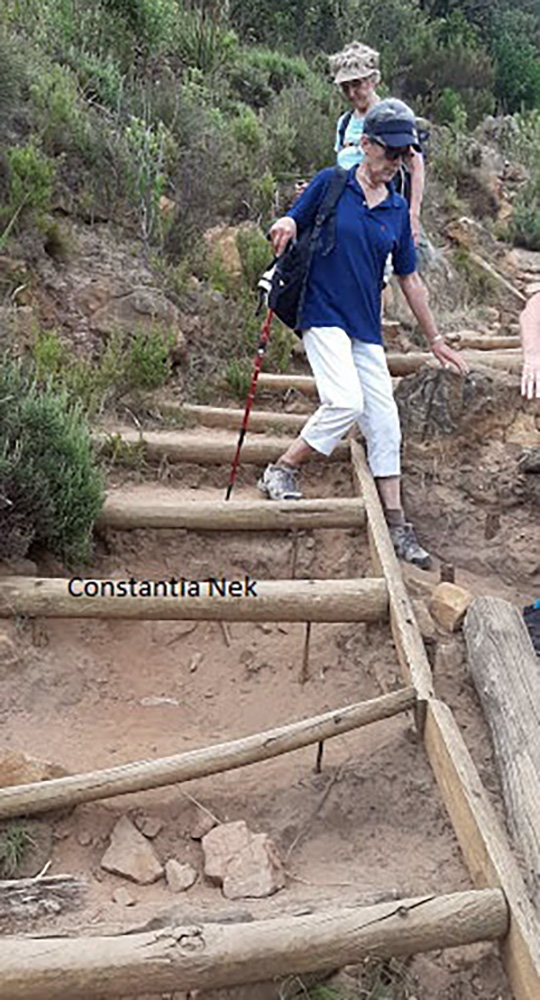
Due to lack of maintenance by SANParks many of the trails in Table Mountain National Park have fallen to disrepair, including boardwalk’s missing slats, being broken and having nails sticking out. (Photo: Friends of Table Mountain)
Boshoff said SANParks is too reliant on contractors to remove alien species, and who don’t necessarily follow up, so the species grows back again.
“Now you have NPOs, like the Sugarbird Trust, who’ve been doing incredible work for the last 13 years. They got permission from SANParks to clear invasives and they track where they’ve been working… they go and do follow-ups. And currently we have a team of five guys working in Newlands forest. That’s fantastic — it creates employment.
“But this should be primarily run and driven by Table Mountain National Park, and they’re not doing that.” DM/OBP






















 Become an Insider
Become an Insider
When proposals were invited in the late 1990s for the unification and administration of the conservation and protected areas in the Cape Peninsula, the decision went to National Parks, whose proposal was clearly superior to those of both the City and the then Divisional Council. Since then the ‘Unicity’ has become stabilised as the ‘Metro’ and the Province’s previous Department of Nature Conservation has become CapeNature, while National Parks have gone into a decline. Both the City and Cape Nature by now have the experience and the capacity to make a decent job of maintaining the Park. And what about the name? By far the popular vote – and the most accurately description – at the time was for ‘Cape Peninsula National Park’, but this was before long over-ruled by the national Minister, obviously in order to attract international custom. If, as is by now obviously desirable, either or City or the Province takes over the responsibility, let’s change the name while we’re about it.
Cape Nature do a far better job of maintaining (trails, signage etc.) in the areas they manage and we can be thankful that they look after the Cedarberg. The Knysna indigenous forest which is also under Sanparks control shows similar signs of sloppy management. Poorly maintained trails, broken signage and deteriorating roads are the order of the day. The, now disbanded, Department of Forestry’s Conservation Section who once managed these areas were led by professionals who were dedicated.
On the whole, though, CapeNature may at this stage be the more rational choice to take over the running of the Park.
First, the City are already overburdened by having to take on a number of unmandated tasks owing to the dereliction and incapacity of national government.
Secondly, CapeNature have over the years – as far as I can judge – developed the vision and the capacity to find a constructive balance between scientifically based nature conservation and the conditions for human access and enjoyment, with the necessary management/administrative infrastructure (including the management, maintenance and booking of campsites and other facilities). The City might actually be only too pleased to outsource the management of this extraordinary public resource to a reliable partner, rather than having to increase the mandate and responsibilities of their already stretched Parks, Recreation and Conservation departments.
Like anything run by this government! CPT wants to advance its quality, but is being held back by the anchor of incompetence! Give it up ANC! In CPT the world watches you fail!
The management of TMNP was awarded to SANParks in the late 1990’s without a tender process. The consolidation of the 3 nature parks which formed part of the greater Cape Peninsula Protected Natural Environment, was proclaimed as a National Park as a result of the Huntley Report and simply handed over to SANParks. Other legitimate players such as Cape Nature were never given a chance. SANParks now hold onto the park primarily because of the lucrative gate money at Cape Point, Boulders, Silvermine and the Cable Station, which is sent directly to Pretoria for other purposes. Not a cent is left in Cape Town for the development of tourism, protection of the biodiversity, fire protection or simply signage. They couldn’t even keep the Hoerekwagga trail working. The fact that the whole of the TMNP is a declared World Heritage Site for its biodiversity is a fact mostly hidden from view. The remnants of built Heritage on TMNP such as Kramat graves, historical buildings and Rhodes Memorial are left to NGO’s to look after. In the long run, the only impact of keeping SANParks in charge will be a slow but sure degradation of everything.
They may not have been formal tenders, but my statement above about three proposals. of which that of National Parks was clearly the best researched and most practicable, is correct – I was there. CapeNature was still the provincial Department of Nature Conservation, with excellent scientists but some dubious politics. They did not put forward a proposal at that time.
SANParks are between a rock and a hard place. No decent co-ordinated funding from centralised government and BEE policies have left them toothless and inert. Perhaps giving this to the City of Cape Town to manage is the right idea but I suspect higher Rates need to be implemented to cover the costs of this initiative?
TMNP generates revenue of 4 times it’s operating budget in normal times (2020 financials) which means the park, even if it gets a justified sizable increase in budget from the managing body, will most likely give the City of CT a cash injection instead of the other way around.
TMNP’s management approach leaves a lot to be desired, noting that this is a largely unfenced park in a city of 5-million people. Whether SAN Parks, Cape Nature, the City of CT or some third party like African Parks run it, success will require the following:
1. Have measurable, meaningful performance metrics in place against which management is held accountable. Statements by SANPs like they maintained 233kms of trails since 2019 is meaningless if not compared against the general state of trails. Independently verified metrics regarding % of trails in disrepair, number of security incidents, impact of poaching; number of trees barkstripped etc need to be part of their KPIs and significant failure should result in change of management.
2. Increase the operating budget considerably (+100%) to have far more “feet on the ground” and manage those feet properly with individual and team KPIs
3. Have proactive, strategic plans in place to deal with crime and invasives. Currently SANPs is reactive; slow and major issues with follow-up.
4. Have a dedicated public participation scheme and make use of the many eager citizens that wants to help on various fronts.
5. Leverage the many opportunities in the park to generate more revenue (without taxing locals for simple things like walking their dogs)
6. Increase access and infrastructure to spread the impact of the increasing user-base.
Yet another story of government (ANC in other words) failure. And another reason we can hope for devolution of powers even if at this point its pie in the sky.
One is supposed to have a “My Activity Permit” for Table Mountain National Park if you want to take your dog with you on a hike. However, those permits can only be bought in person from the Tokai Plantation Office (which is a 30km drive from the Cape Town CBD), and only Mondays to Fridays 08:00 to 12:30 and 13:00 to 15:45 – in other words, impossible for working people. To me, that embodies the inefficiencies of the current park management.
😤🤬 why are we not surprised ? Can these idiots in the cANCer do anything correctly and not corruptly. SANParks is only interested in making money not in actual conservation, one only has to look at how they have damaged the Kruger National Park to see their incompetent money grabbing ways.
So rich that this silly woman Creecy is demanding reparations from the Global North for climatological issues but she can’t even manage a reserve such as the Table Mountain reserve. Then she wonders why the Global North doesn’t want to trust her ( and other African leaders ) with large sums of money.
Please!
Pay for your Paths! you don’t expect to get a free run up the mountain in the cable car, why do yo expect other modes to be free? thy are only different forms of infrastructure…
Many of the Whining Whities comments below border on outright racism. In these people’s world its always “their” fault that things aren’t going well.
Totally oblivious to the irony that “we” want to continue accessing resources, like mountain trails, for free in the style to which we are accustomed, entitled, privileges and ignorant.
Don’t these dimwits know that funds go to Treasury, and while that may be not the best mechanism, it is not TMNP’s fault that they have do not have the budget?
There has been a massive surge in people the mountain since covid, none of whom are paying for the privilege.
It time that changed and as the world wakes up the concept of Payment for Ecosystem Services hopefully we will see people understanding that they are the beneficiaries of a service delivered by nature and, like all the other services they receive, there needs to be n equitable exchange.